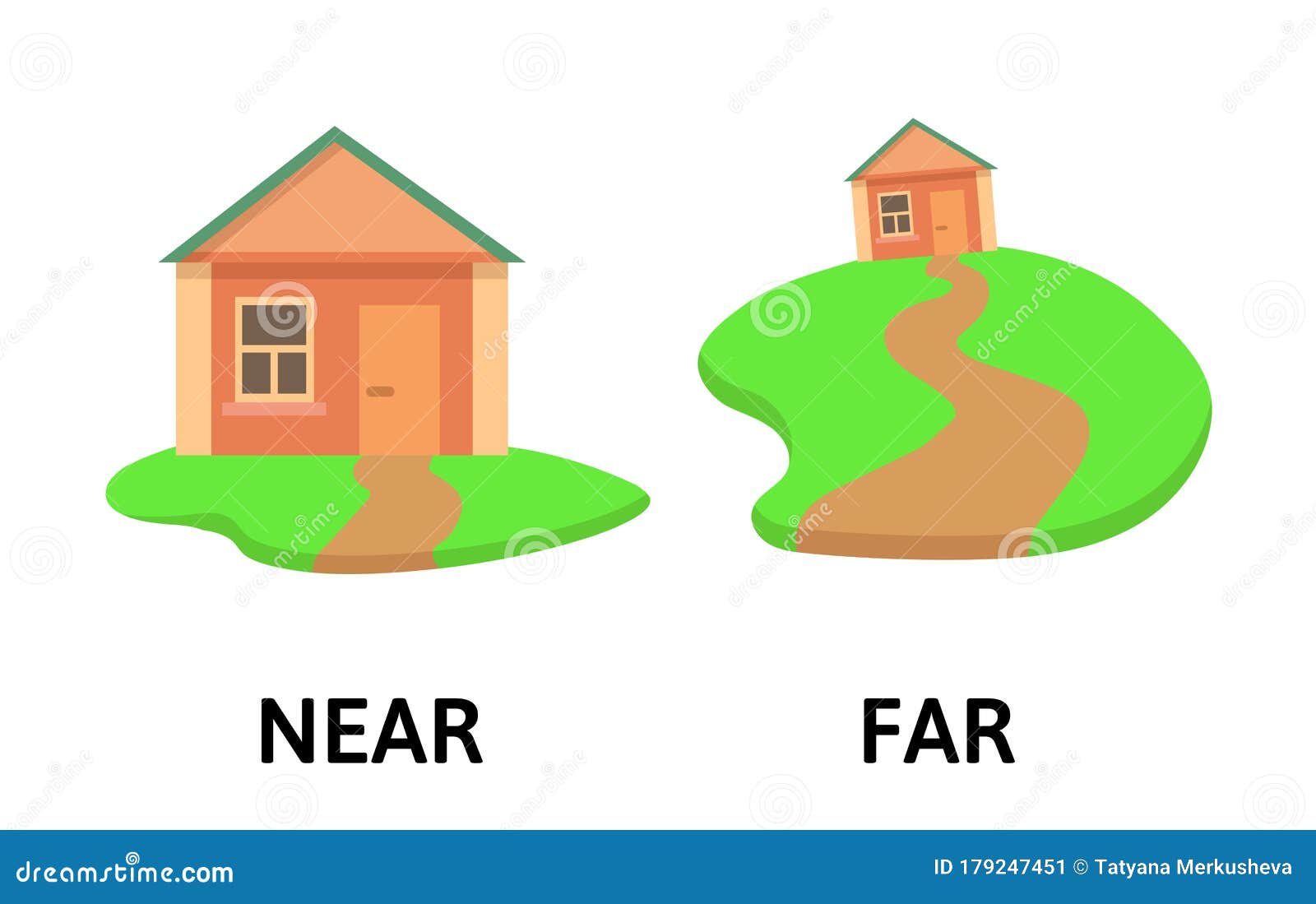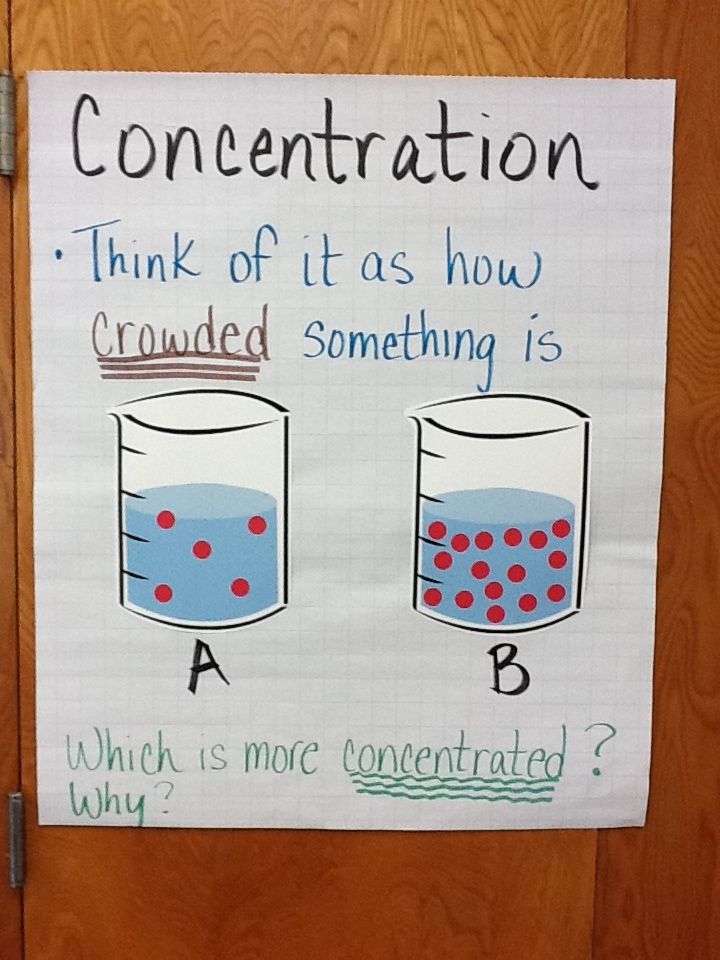Urban Transportation Realities in the Early 1800s: Challenges, Modes, and Impact
Introduction: Urban Mobility in the Early 1800s
The early 19th century marked a pivotal era in urban development, yet transportation within cities remained fundamentally restricted. Understanding how people moved through urban spaces in the early 1800s is essential to appreciating the evolution of modern cities. This article examines the realities of city transportation during this era, the technologies and methods that defined it, and the broader implications for daily life, economic growth, and social structure.
Dominant Modes of Urban Transportation
In the early 1800s, walking was the primary means of getting around for most city dwellers. People typically lived, worked, and accessed markets within walking distance, often less than 45 minutes from home (about 4 to 6 kilometers). This was not only a reflection of limited technological options but also shaped the very structure and density of early cities [1] . Urban areas were highly concentrated, with economic, residential, and social activities clustered together to accommodate the limits of pedestrian travel.
For those who could afford more, horse-drawn carriages provided both private and, eventually, shared means of movement. Wealthier citizens might own a private carriage, but the majority relied on walking due to the high cost of animal upkeep and carriage maintenance [2] .
In select cities, particularly those with accessible waterways, boats and ferries emerged as practical alternatives. These methods were especially valuable for traversing rivers and harbors, often providing faster routes than land-based alternatives. However, such options were geographically limited and highly seasonal, with winter ice or storms disrupting service [2] .
Shared Urban Transportation and the Rise of the Omnibus
With growing urban populations, shared transport services began to appear. Omnibuses -horse-drawn vehicles operating along fixed routes-offered scheduled travel for a fee. While less expensive than private carriages, they still represented a significant expenditure for most workers and were sometimes crowded and unreliable. Omnibus services laid the groundwork for future mass transit, but in the early 1800s, their reach was limited to major metropolitan areas and their main thoroughfares [2] .
Some cities began experimenting with horse-drawn railways by the mid-19th century, which improved ride quality and allowed more passengers to be transported with less animal effort. However, these did not become widespread until the latter part of the century. In the early 1800s, the vast majority of urban transportation remained slow, costly, and constrained by geography and social status [3] .
Impact on Urban Development and Social Structure
The limitations of early 19th-century transportation had profound effects on city life. With most people unable to travel quickly or far, cities developed densely, compressing homes, businesses, and markets into compact areas. This high density fostered vibrant street life and close neighborly relations, but also created challenges such as overcrowding and limited access to resources for those on the urban periphery [1] .
Social and economic disparities were exacerbated by transportation access. The wealthy could afford faster, more comfortable travel, enabling them to live farther from the crowded city core or reach opportunities off-limits to those limited to walking. Meanwhile, the working class remained largely confined to neighborhoods within walking distance of their employment [2] .

Source: neruskita.blogspot.com
Challenges Faced by Early Urban Dwellers
Urban transportation in the early 1800s was fraught with obstacles. Streets were often unpaved, muddy, and crowded with both people and animals. The reliance on horses introduced additional problems: animals required frequent rest, and their upkeep was costly and labor-intensive. Cities struggled with sanitation, as horse manure and waste accumulated in public spaces, contributing to health hazards and unpleasant living conditions [3] .
Delays were common, as unpredictable weather could shut down water transport and disrupt carriage traffic. Overcrowding on omnibuses and ferries further complicated daily commutes, making reliability a persistent concern for urban workers and residents.

Source: ranahbelajarku.blogspot.com
Practical Pathways to Explore Early Urban Transportation History
If you are interested in learning more about transportation in early 19th-century cities, several research pathways are available:
- You can visit local or national historical societies, which often maintain archives and exhibits on urban development and transportation. The Library of Congress provides digitized collections on American infrastructure and urban growth.
- Search for “history of urban transportation” or “19th-century city transit” through reputable academic databases, such as JSTOR or university libraries. These platforms host scholarly articles and primary source documents that detail the lived experience of city dwellers in the 1800s.
- Consult municipal archives in major cities, such as New York, Boston, or Philadelphia, where records of carriage licenses, ferry operations, and early street layouts are often preserved.
- Museums with transportation or urban history collections, such as the Smithsonian National Museum of American History , offer online and in-person resources to help contextualize the evolution of city transit.
- Contact your local library and request assistance with resources about early American cities, urban planning, and transportation innovations. Librarians can guide you to both print and digital materials relevant to your area of interest.
Step-by-Step: Researching or Recreating Early Urban Transit
To explore or present early 1800s urban transportation in educational or research contexts, consider these steps:
- Identify your city or period of interest (e.g., New York in 1820).
- Access city maps from the era, available through historical archives or online museum collections.
- Research the types of conveyances used (walking, carriages, omnibuses, ferries) by consulting period newspapers, diaries, or municipal records.
- Map out typical daily travel routes for different social classes to illustrate disparities and challenges.
- Visit living history museums or reenactments, where available, to experience firsthand the conditions of early urban transit.
- If seeking further information, ask local historians or university departments specializing in urban studies or transportation history for expert guidance.
Alternative Approaches and Lessons for Today
While the early 19th century was marked by the limitations of slow, animal-powered transport, these constraints prompted innovation. The search for more efficient, affordable, and reliable modes of movement set the stage for the transportation revolutions of later decades-introducing streetcars, railways, and eventually motor vehicles [5] .
Modern urban planners and historians study these early challenges to understand how cities adapt and grow in response to new technologies. The experience of early urban dwellers highlights the importance of accessible, equitable transportation and the far-reaching consequences of mobility-or its absence-on economic opportunity and quality of life.
Key Takeaways
Transportation within cities in the early 1800s was best described as limited, slow, and socially stratified. Most people walked, with a minority accessing carriages or boats. These constraints shaped city density, daily routines, and the very fabric of urban society. Exploring this topic not only reveals the roots of today’s urban transit systems but also underscores the necessity of innovation in meeting the needs of growing populations.
References
- [1] Jean-Paul Rodrigue (2024). Evolution of Transportation and Urban Form.
- [2] BGCO.ca (2025). Urban Transportation in the Early 1800s: Options, Speed, and Impact.
- [3] GOGO Charters (2024). History of Buses in Public Transportation.
- [4] Lumen Learning (2015). On the Move: The Transportation Revolution.
- [5] Study.com (2013). The Transportation Revolution in the 1800s.



